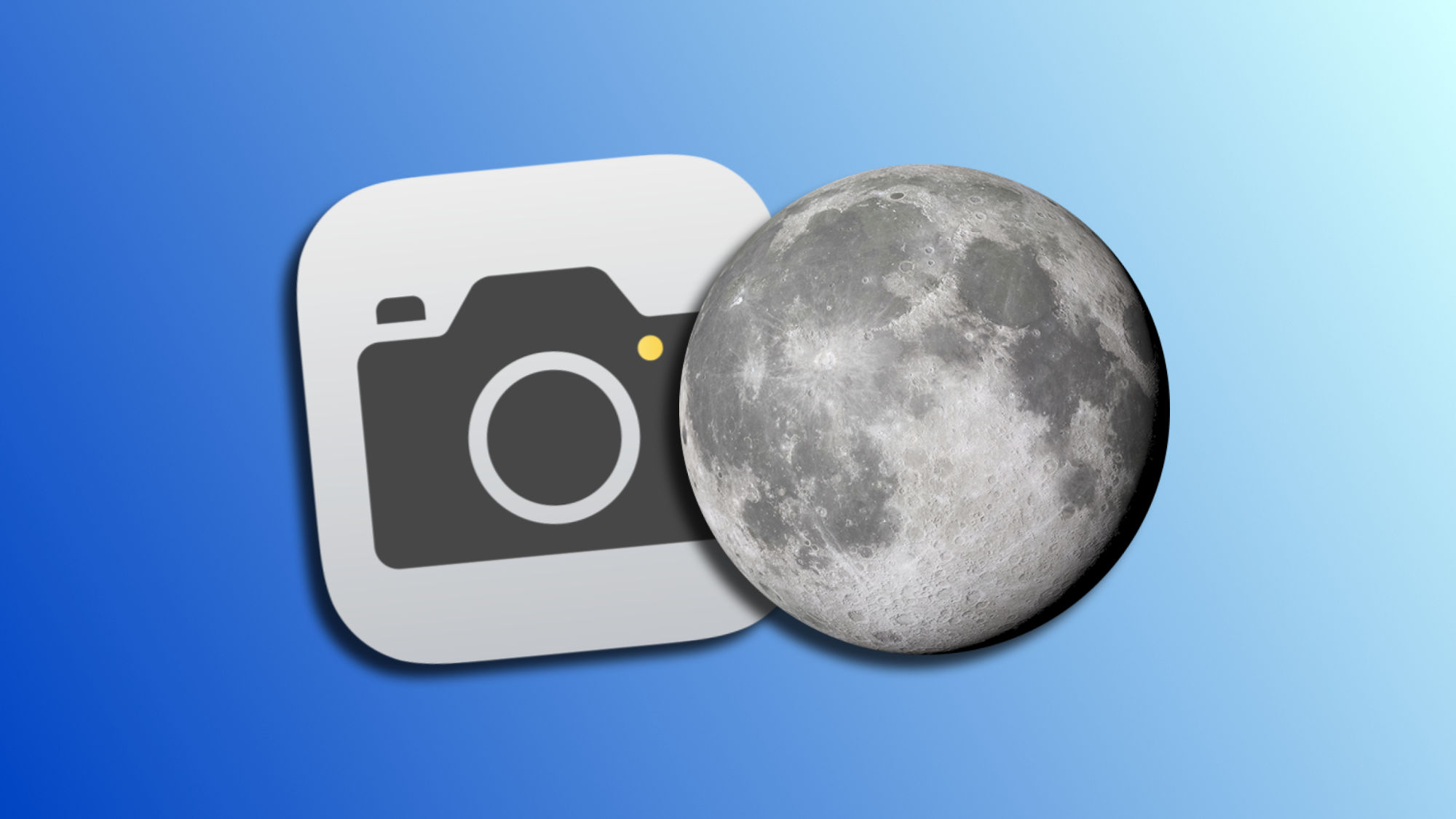There are several things to consider when taking photos of the moon. The position, the weather, and, of course, the camera we plan to use. If we use our iPhone, the results can vary significantly depending on the conditions and other factors. In this context, there is a small trick for taking photos of the moon with the iPhone that we can try.
Capturing the moon with the iPhone: a simple, but effective trick
The key is that, in the Camera app, the video zoom can give us better results than the photo zoom. Not always; and obviously, we do not aim to compete with the most professional cameras in terms of zoom and lens size, but it does allow us to achieve quite interesting results. How to get them? Here are the steps:
- Open the Camera app on our iPhone.
- Select Video by sliding the screen to the right or left.
- In the top right corner, we make sure we are recording in 4K resolution and at 60fps. If not, we tap several times until we see this quality.
- Point to the moon and zoom in to the maximum.
- Touch the moon we see on the screen and, on the slider that appears next to the autofocus, slide down to lower the brightness of the shot to practically the minimum.
- Start recording the video.
- Tap the image capture button (white, at the bottom).
It should be noted that this method reduces the resolution of the captured images from the usual 12MP to 8MP in some iPhone models. Even so, the computational photography algorithms that run when taking the image significantly improve the clarity of the details and textures on the lunar surface.
Does it always work? No. Just like with these 5 simple tricks to improve our photos with the iPhone, sometimes a direct photo may get closer to the result we are looking for, but it is something we can try. A small trick that can give us more than one surprise and bring us closer to our satellite like never before.
On Hanaringo | ProRAW: what is it and how to use this photographic format on the iPhone

